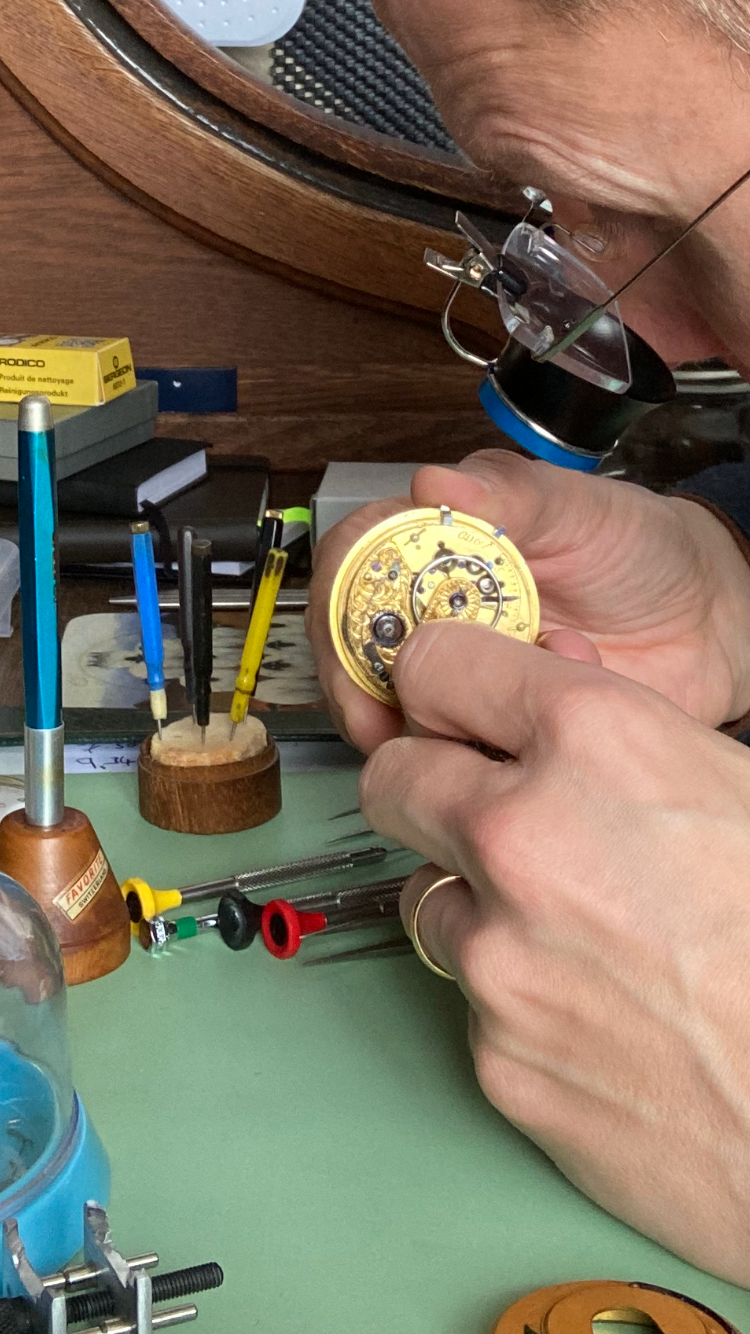-
Recently Browsing
- No registered users viewing this page.
-
Topics
-
Posts
-
You have a very low chance of straightening this, it should be made of hardened steel, which is very brittle. Maybe you could ask for a refund from the place where you bought it? If you go ahead and try to straighten it and it breaks then nobody will refund you.
-
I had purchased this wheel online but the upper pivot is a little bit bent how can a straight it?
-
I've hit this snag a few times and my solution is to hand wind, don't be tempted to crimp in the spring so that it catches the smaller arbor - nothing but misery lies down that road. A new spring is a reasonable solution if you don't mind the wait - given my location this can be more than 2 weeks and postage is often several times the cost of the part so not very practical. Perhaps another brand of winder may not have this issue, but after the pain of buying the Bergeon generic partial set I couldn't face the cost of a second different set. I did purchase a Chinese set when I was starting out, and lucky enough to get a set with steel arbors (most are brass), but they are caliber specific so unless you happen to be working of that specific caliber they are pretty much useless 99% of the time.
-
You can use a small winder in a big drum, but not the other way round. The winder sizes are the same for adjacent barrel sizes - 5=6, 7=8 etc.
-






Recommended Posts